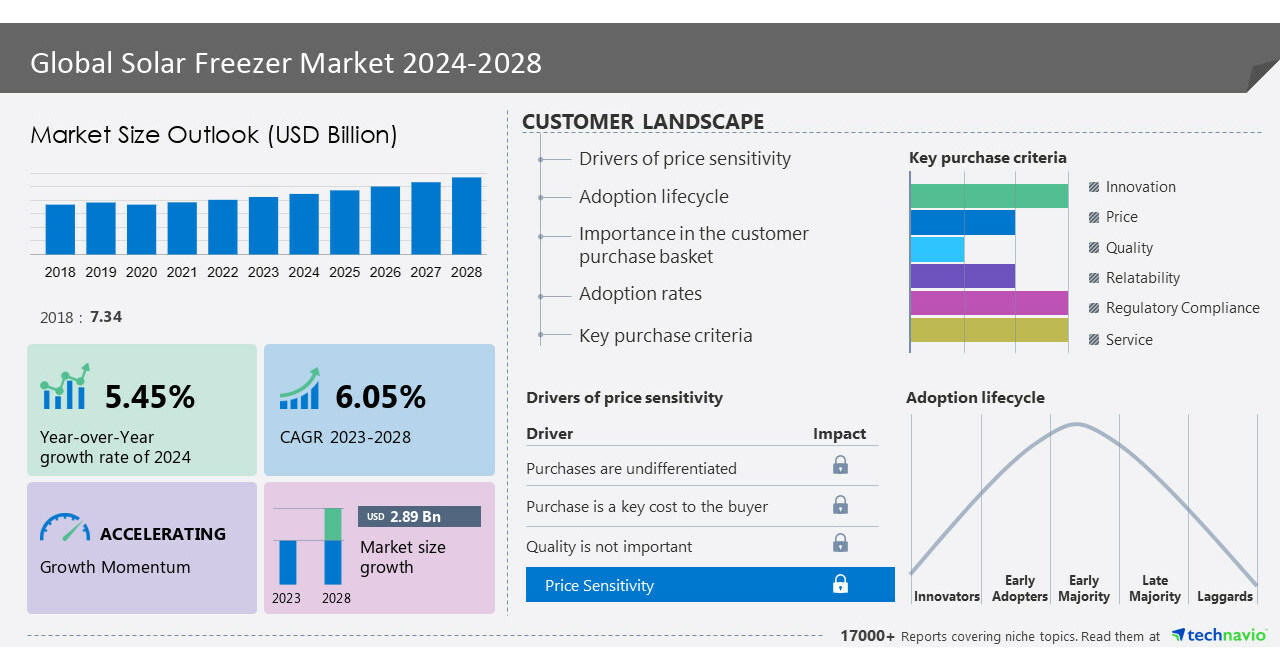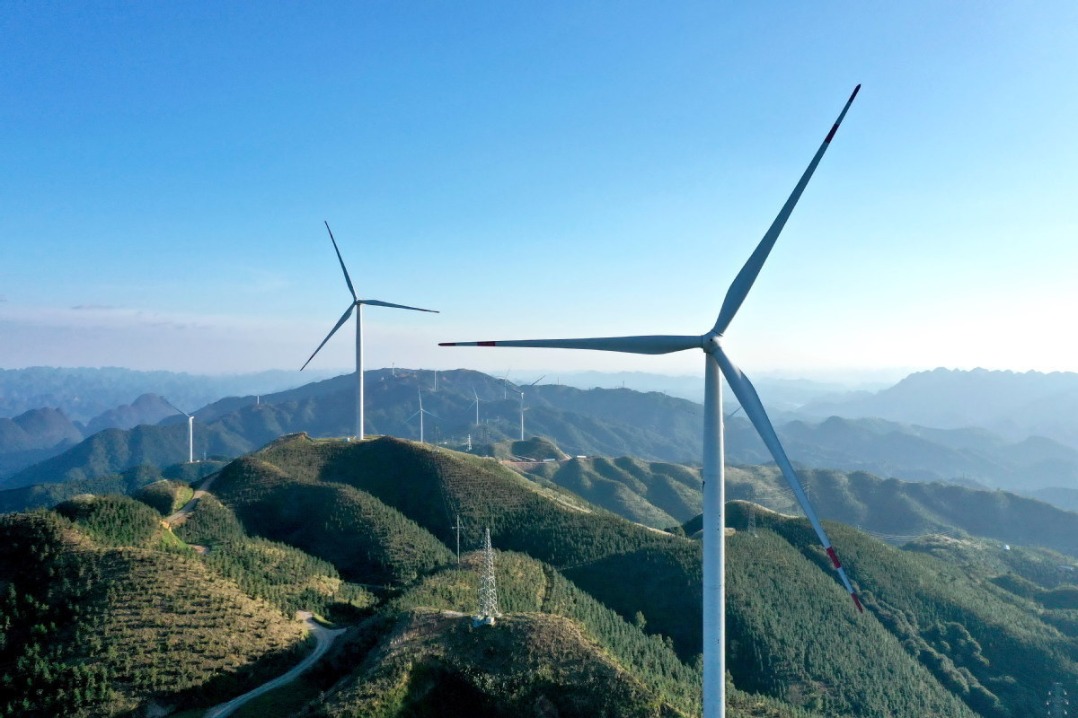A new report by Curtin University and The University of Queensland dissects the challenges and trade-offs between overhead and underground transmission lines in expanding Australia’s grid for renewable enerFederal Renewable Energy Goal and Grid Expansion
With the federal government targeting over 80% renewable energy by 2030, grid expansion is pivotal. The report evaluates the complexities of connecting regional wind and solar projects.
Report Insights and Public Awareness
The ‘Comparing High Voltage Overhead and Underground Transmission Infrastructure’ report emphasizes the need for public understanding amid technical, economic, and environmental considerations.
Debates on Landscape Impact and Emerging Behaviors
As the grid expands, debates arise on its impact on landscapes, farming, property values, and tourism, echoing concerns from case studies.
Cost-Effectiveness vs. Environmental Considerations
While arguments favor underground lines for environmental and aesthetic reasons, the report notes public reluctance due to cost issues.
Technical Challenges and Capacitance Limitations
The report highlights technical challenges, indicating that high voltage alternating current (HVAC) underground cable transmission is feasible only for shorter distances.
Public Acceptance and Regulatory Approvals
International case studies show undergrounding certain sections gained public acceptance, particularly in urban and environmentally significant areas.
Balancing Interests and Community Involvement
Participants seek a balanced approach, urging developers to consider cost-effectiveness and efficiency in selecting overhead or underground options.
Mission for Sustainable Energy Transition
Professor Peta Ashworth emphasizes engaging communities, fostering understanding, and ensuring a sustainable energy transition.
Key Conclusions and Transmission Challenges
The report concludes that transmission projects face challenges like rising costs, skilled labor shortages, and approval delays, emphasizing the proven efficiency of overhead transmission lines.
Global Case Studies and Economic Viability
Global case studies reveal that high voltage direct current (HVDC) transmission becomes economically viable for very long route lengths or specific applications.
Public Awareness and Funding Impact
There’s a need for increased public understanding of new transmission infrastructure’s importance, including its impact on state capital borrowings and electricity bills.
Funded by Powerlink, this research lays the foundation for informed decisions in Australia’s pursuit of a climate-friendly future.
Source:miragenews.com




